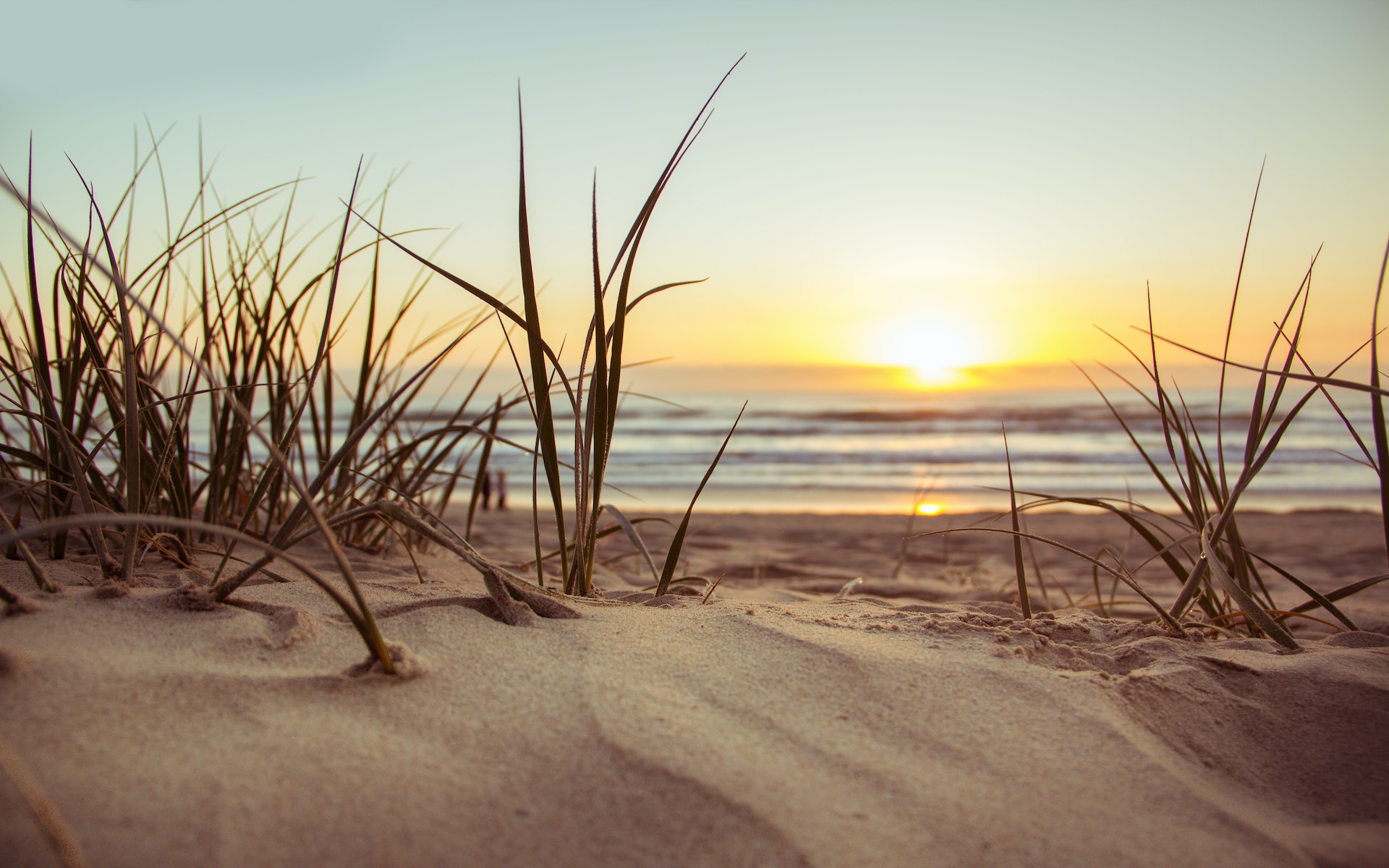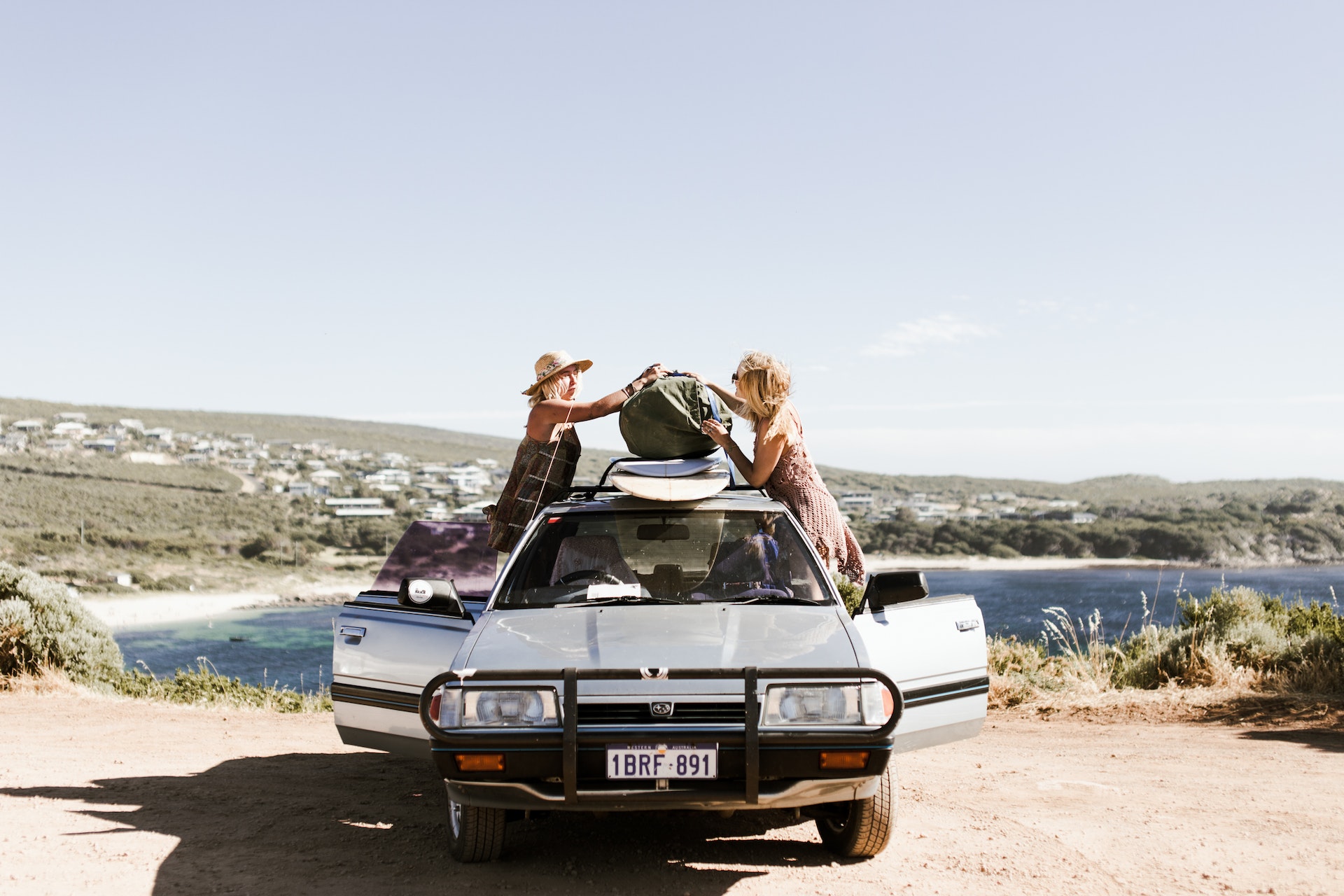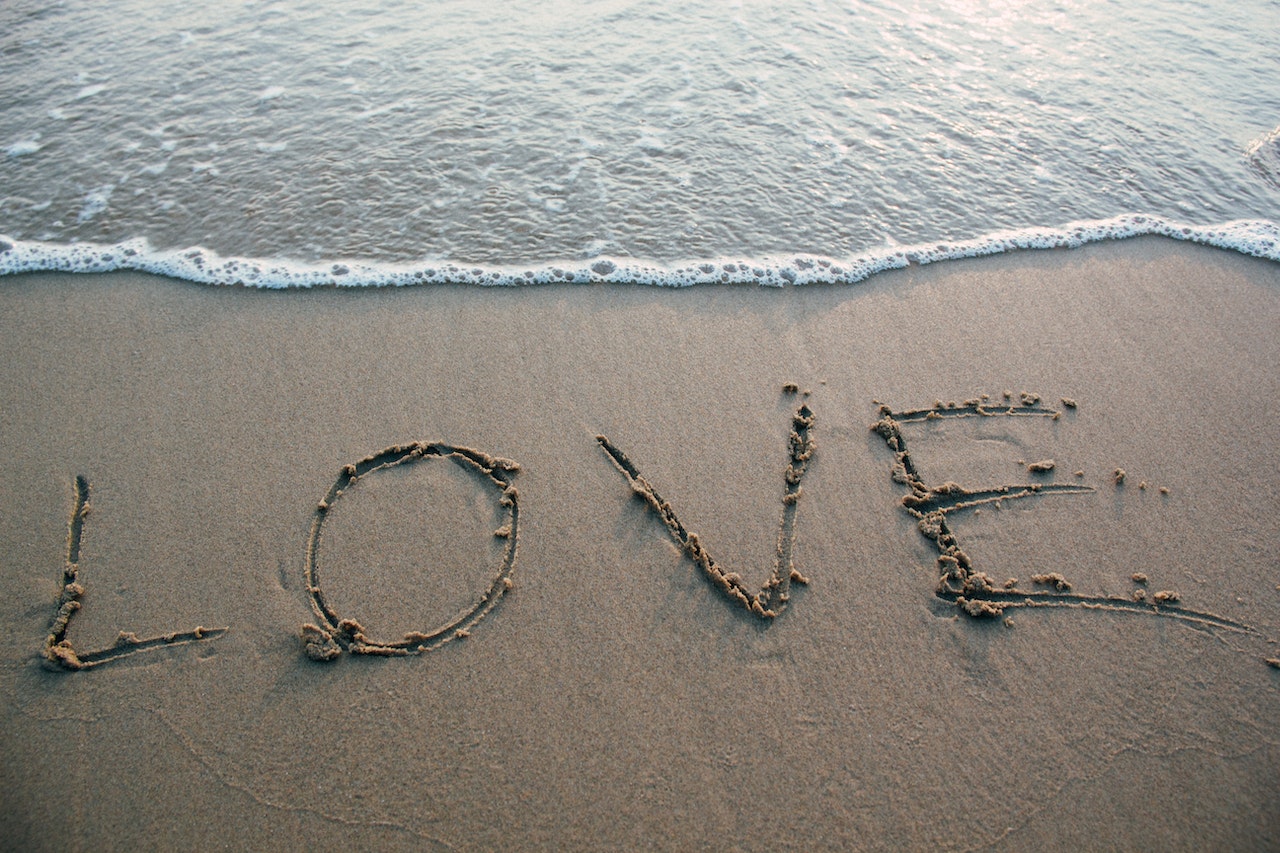The small settlement established in the 1870s along the west bank of the Halifax River is now home to more than 70,000 people, and its race track can accommodate tens of thousands of racers at once. Matthias D. Day, the founder of the town, was responsible for Daytona Beach’s development. Only if he could see it now, Day would be astounded to see what Daytona has become over the years.
Without further ado, let’s take a fun look at Daytona Beach’s fascinating founding years.
Daytona’s Earliest Roots
Juan Ponce de Leon, a Spanish explorer, discovered the territory that would later become the state of Florida in 1513. St. Augustine, located on land Spain later claimed, was founded as a Spanish colony in 1565. In 1804, the Spanish crown presented Samuel Williams with a land grant for 3,000 acres that would later become a significant portion of what is now known as Daytona Beach.
Williams constructed a sugar mill on the property with the help of slave workers. The plantation was taken over by Williams’s son when the former owner passed away, but it was destroyed in 1836 during the Second Seminole War. Before the start of the Civil War, two brothers from Massachusetts ran a logging camp on a portion of the property that Williams had previously possessed.
Day Walks Away in Defeat
Day was the one who came up with the idea for the arc light. In 1870, he made his way to Florida to buy a property on which he might find a village or colony. He began his journey by traveling to Jacksonville, where he made a new friend who invited him on a steamboat excursion to the east coast of Florida to see derelict plantations. Day found what he had been searching for when they moored close to the ancient Williams plantation, which featured a combination of farms and forests.
Day purchased 2,144 acres of the plantation land from the previous owner’s daughter in 1871 for a total price of $8,000. He hired fourteen men and constructed a steam-powered sawmill and a frame structure two stories tall on the land. By 1873, the community had grown to include twenty dwellings, a mercantile store, and a post office. But after that, everything came to a standstill.
Day could not sell the property at a fast enough rate to cover his mortgage payments. P.W. Burr and Charles Jackson purchased the home after the previous owner had it repossessed and sold it to them.
Daytona Was Born
On July 26, 1876, 25 people showed up to a meeting to vote on whether or not the newly established colony should become incorporated. Twenty-three individuals voted in favor of incorporation, while just two voted against it. They chose a name for the new city in Day’s honor and decided to call it Daytona. Later on, in 1925, the municipalities of Daytona decided to merge to form Daytona Beach.
Growth and Expansion
By the 1930s, Daytona Beach already had a thriving tourism business, contributing to the city’s growth. Then, when World War II broke out, Daytona Beach benefited from establishing a United States Navy Air Base, a Women’s Army Corps Training Center, a United States Army Convalescent Hospital, and a boat manufacturing firm. In the decades that followed, Daytona Beach’s residential population and tourists both contributed to the city’s slow but steady expansion of its economy.
1915BeachClub @ Daytona Beach
Now that you know everything about the founding years of Daytona Beach, it’s time to discover where to stay when visiting this world’s famous beach. With over nine luxury suites packed with extensive facilities, 1915BeachClub is your best bet for accommodation needs. So, what are you waiting for? Get ready to relish the stunning view of Daytona Beach with 1915BeachClub. For booking and further queries, visit www.1915beachclub.com or call (386) 388-2521.





